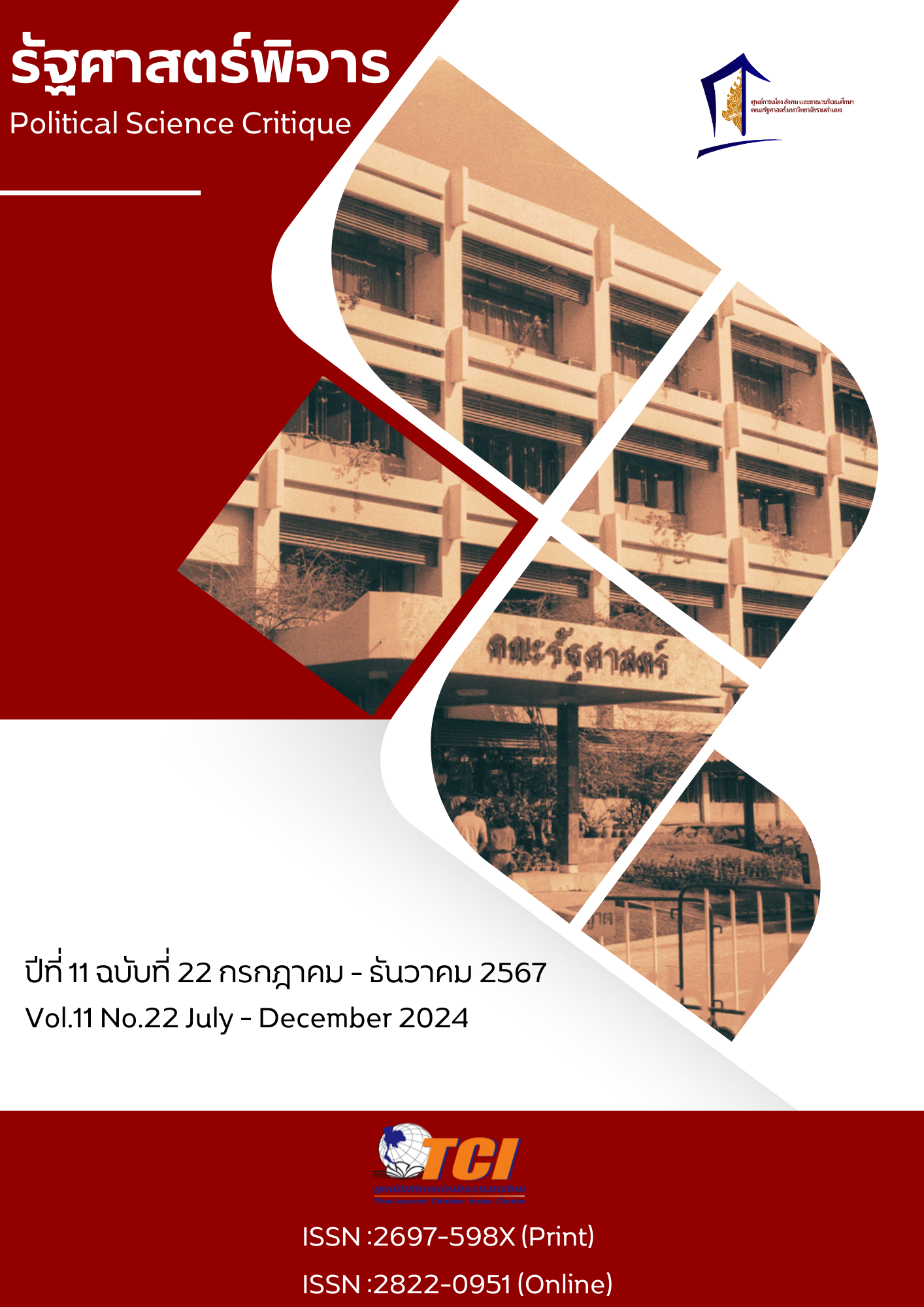The Development of Emergency Aeromedical Services for Sustainability in Emergency Care System in Tak Province, Thailand
Main Article Content
Abstract
Emergency medical operations utilizing air transport in Tak Province have faced challenges over the past decade, which can be categorized into 3 stages: pre-transport preparation, air transport team operations, and ground transfer team operations. This study aimed to analyze these challenges and propose sustainable solutions by qualitative research methods as a guideline for the study include: a comprehensive review of relevant documents, in-depth interviews with 15 operational team members who had participated in at least 2 aeromedical transport missions, and group discussions with 5 support team members. Then summarize the proposed guidelines for further development. The CIPP Model (Context, Input, Process, and Product) was used to evaluate the performance of the aeromedical transport system. (1) Context evaluation revealed continuous development and a well-defined operational plan, with recommendations to align strategies with the Ministry of Public Health's policies. (2) Input evaluation identified the need to enhance aviation medicine expertise, improve the storage of medical supplies and equipment, increase personnel replacement rates, and provide better remuneration. (3) Process evaluation highlighted the importance of implementing satellite communication radios and real-time communication systems to address delays in coordination. (4) Product evaluation emphasized the alignment of operations with the Ministry of Public Health’s 2024 policy, "One Region, One Sky Doctor." The study recommends further research comparing outcomes with other regions and collecting data post-expansion of flight routes across Health Region 2, encompassing Tak, Phitsanulok, Phetchabun, Sukhothai, and Uttaradit.
Article Details

This work is licensed under a Creative Commons Attribution-NonCommercial-NoDerivatives 4.0 International License.
เนื้อหาและข้อมูลในบทความที่ลงตีพิมพ์ในวารสารรัฐศาสตร์พิจาร ถือเป็นข้อคิดเห็นและความรับผิดชอบของผู้เขียนบทความโดยตรงซึ่งกองบรรณาธิการวารสาร ไม่จำเป็นต้องเห็นด้วย หรือร่วมรับผิดชอบใด ๆ
บทความ ข้อมูล เนื้อหา รูปภาพ ฯลฯ ที่ได้รับการตีพิมพ์ในวารสารรัฐศาสตร์พิจาร ถือเป็นลิขสิทธิ์ของวารสารรัฐศาสตร์พิจาร หากบุคคลหรือหน่วยงานใดต้องการนำทั้งหมดหรือส่วนหนึ่งส่วนใดไปเผยแพร่ต่อหรือเพื่อกระทำการใด จะต้องได้รับอนุญาตเป็นลายลักษณ์อักษรจากวารสารรัฐศาสตร์พิจารก่อนเท่านั้น
References
Deerungroj, E. (2021). “Aeromedical Evacuation: Sick or Injured Police Officers Air Transportation by Police Medical Evacuation Center, Police General Hospital.” Journal of The Police Nurses, 13(1): 208-217.
Fongmanee, S. (2013). System Analysis and Design. Chiang Rai: Faculty of Digital and Technology. Chiang Rai Rajabhat University.
Jatupornpipat, T. & Iemrod, K. (2023). “The Model Development of Emergency Aeromedical Transport of Critically ill Patients in Tak Province.” Journal of Health Science of Thailand, 32(4): 671–681.
Khajornborrirak, M., Intachat, N. & Patarakamonpong, N. (2020). “The Development for a Business Approach of Air Medical Transportation in Thailand.” Connexion: Journal of Humanities and Social Sciences, 9(1): 58-74.
Likitpinyo, D. (2021). “Evaluation of the Nakhon Pathom Province Health Plan 2019.” The Academic and Nursing Journal of Boromarajonani College of Nursing, Chakriraj, 1(1): 10-22.
Ministry of Public health. (2020). Public health policy 2021. Retrieved August 15, 2023 from http://bps.moph.go.th/new_bps/sites/ default/files/17.policy 2564.pdf
Mukda, W. & Kuensman W. (2019). “Evaluation of Distance Medical System to Support Health Care of the Elderly In the 21St Century to the 12 Cities Hidden Gem.” Dusit Thani College Journal, 14(3): 178-197.
National Institute for Emergency Medicine. (2018). Guidelines for Emergency Aeromedical Patient Transport in Health Service Region 1. Chiangmai: Chiangmai Pimniyom.
Pangma, A. & Peaugkham, N. (2014). Emergency Aeromedical Service Guideline Revision 2014. Nonthaburi: National Institute for Emergency Medicine.
Phetprasert, T. & Peeracheir, S. (2020). “Factors Associated with 24-hour Mortality of Patients Rescued by Emergency Aeromedical Team of Somdejprajaotaksin Maharaj Hospital.” Lampang Medical Journal, 41(2): 58-67.
Stufflebeam, D. L. (2003). The CIPP Model for Evaluation. In Kellaghan, T. & Stufflebeam, D. L. (Eds.), International Handbook of Educational Evaluation (pp. 31–62). Springer Netherlands.
Suparp, S. (2022). “Curriculm Evaluation Models in the 21st Century Stemmed from the CIPP Model.” Journal of Education Burapha University, 33(1): 1-14.
Tadadej, C., Mongkolsamlit, S. & Suriyawongpaisal, P. (2014). “Development of Emergency Medical Services in Thailand: A systematic review.” Journal of health science of Thailand, 23(3): 513-523.

